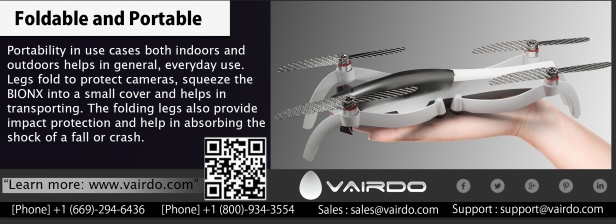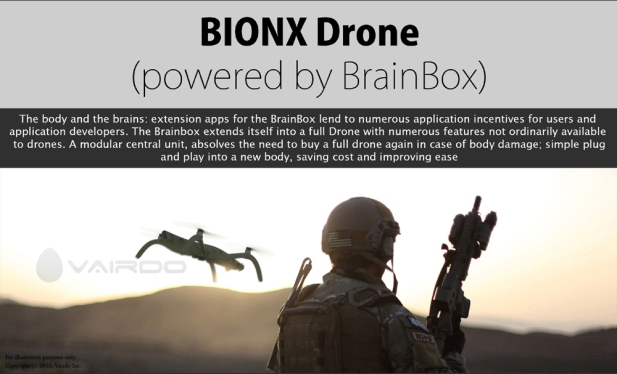Whether you are for them or against them, unmanned aerial vehicles (UAV) are an oft-discussed topic—this blog not-excluded. Much of the talk about UAVs, or as some like to call them, drones, seems to focus on the negative, or at least, the risks involved. Take this article for example. The article goes into detail on how small UAVs have led to a number of close encounters with passenger-carrying aircraft, flew too close to an airport, or even crashed mid-air. (It is important to note that these are small UAVs, not the larger, scarier military drones that people may first think of when they hear the term.)
Point being, yes, there are risks involved with UAVs, but as this relatively-new technology treads into uncharted territories, perhaps regulations and safety measures can be put into place to alleviate some of these concerns. One thing to consider, for those against them, is the positive things that can come from small UAVs, such as the new opportunities for aerial photography that they will create.
A website called Dronestagram, which is essentially a collection of impressive videos and photos collected from drones around the world, recently held a photo contest, and the results are incredibly impressive. Judged by The National Geographic editorial staff, the winners were picked according to those that best potential offered by drones in photography.
This is even truer today, as the technology spreads globally and the capabilities become even more dynamic. As of today, the FAA has now approved nearly 2,000 Section 333 exemptions for the commercial use of UAVs in United States airspace. People are using UAVs for such applications as search and rescue, aerial photography/imaging, agricultural imaging, real estate imaging, environmental monitoring, research, commercial photography, and filming for television and movies. In other words, like it or not, UAVs have arrived, and are here to stay.
It’s an articulated fact that unmanned aerial vehicles (UAV), or drones, might be used by scientists for research purposes. Recent headlines like this suggest that drones may see more civilian, non-military usage by 2015, when the Federal Aviation Administration is set to further open the skies to commercial UAVs.
Aside from scientific research, plenty of opportunities for civilian drone usage exist, and it is likely that we’ll see those unfold in coming years. In the meantime, however, here are five civilian areas that National Geographic says are already in use and thriving:
1. Hurricane hunting: NASA, the National Oceanic and Atmospheric Administration and Northrop Grumman teamed up on a three-year, $30-million experiment to use long-range UAVs to spy on storms as they evolve.
2. 3D mapping: Smaller drones can survey landscapes with thousands of digital images that can be stitched together into 3D maps. Switzerland-based software company Pix4D, creates these 3D maps from images collected by drones.
3. Wildlife protection: The U.S. Government uses UAVs to monitor wildlife populations or map roads and wetlands for land management purposes. The drones can also chart land use changes like deforestation, which threatens many wildlife species. In addition, the WWF plans to launch surveillance drones in the skies over Africa to stabilize areas where gangs of poachers have become a security concern.
4. Agriculture: In Japan they’ve been flying the Yamaha RMAX for 20 years which allows farmers to treat an acre of land—which may be on steep hillsides—in just five minutes, according to the article. The drones can spot areas where nitrogen levels are low, reveal plant health with infrared light cameras, monitor the growth of a specific field section, and more.
5. Search and rescue: Last month in Saskatchewan, Canada, a person that was in an automobile accident was found using a Dragan Flyer X4-ES drone with heat sensing equipment. This is believed to have been the first rescue that a UAV has made, and will likely not be the last, says Pavleen Bali, a passionate blogger for VAirDo Inc.
All this versatile utility of drones had been possible due to the following robust features:
• Smart phone control
• Live streaming camera
• Carbon Fibre drone
• On-board intelligence
So the reflection of technology is crystal clear in the domain of UAVs upgradations w.r.t sophisticated high end Consumer Utility with efficient controlling with simplicity.
Source- http://www.vision-systems.com/articles/2014/07/the-beautiful-side-of-uavs.html





